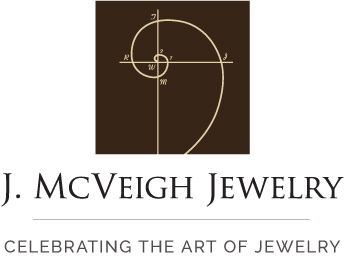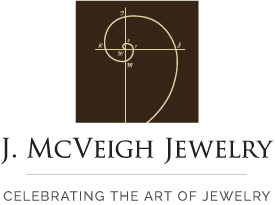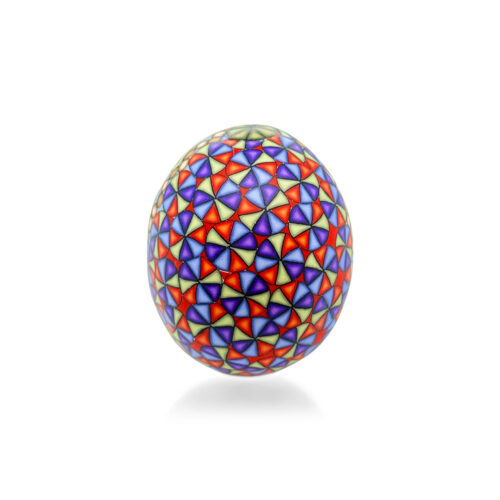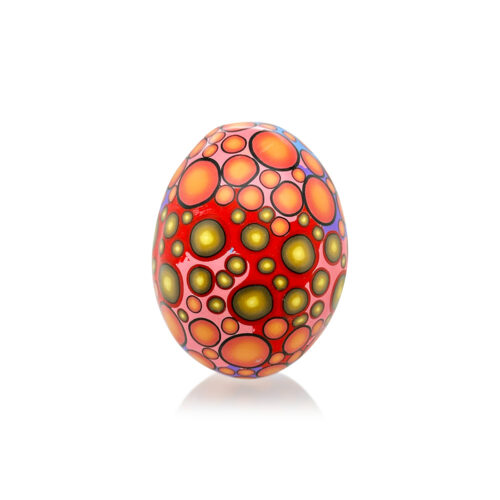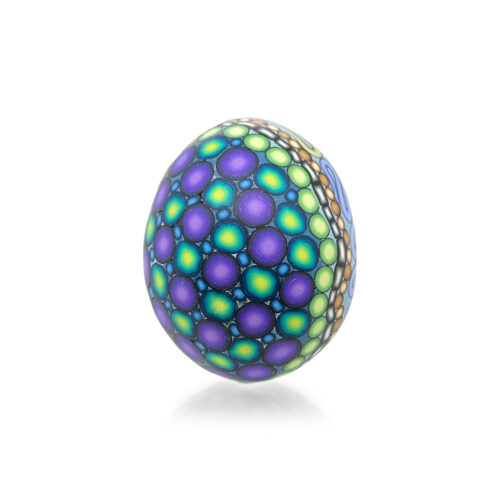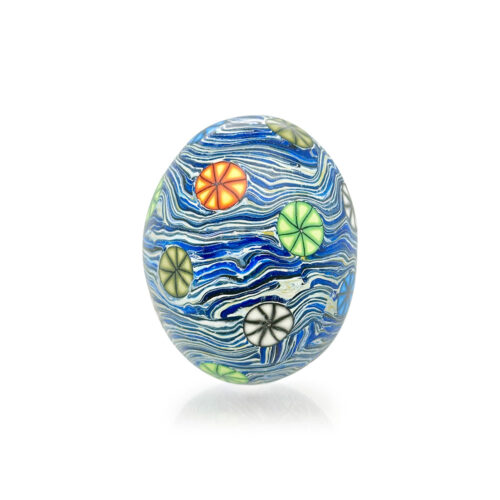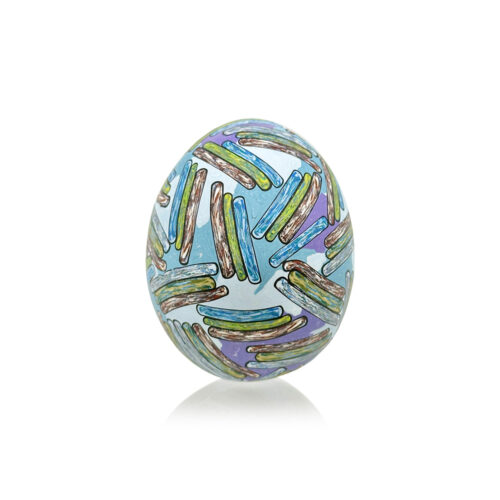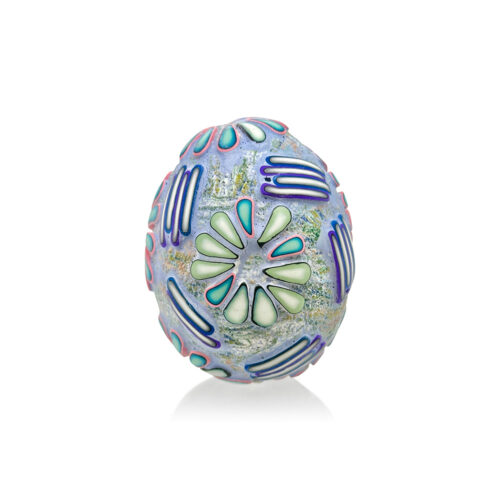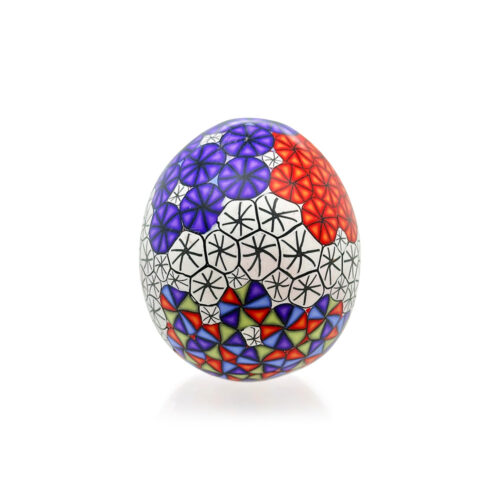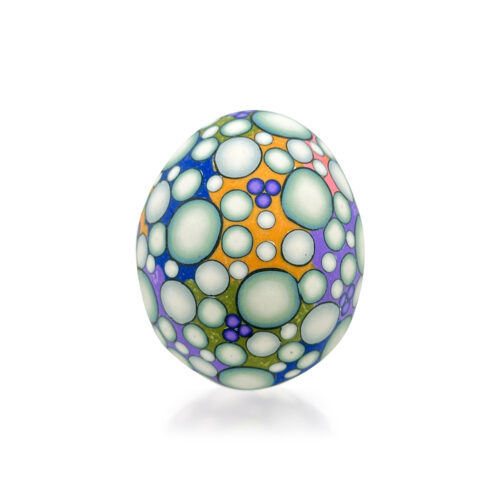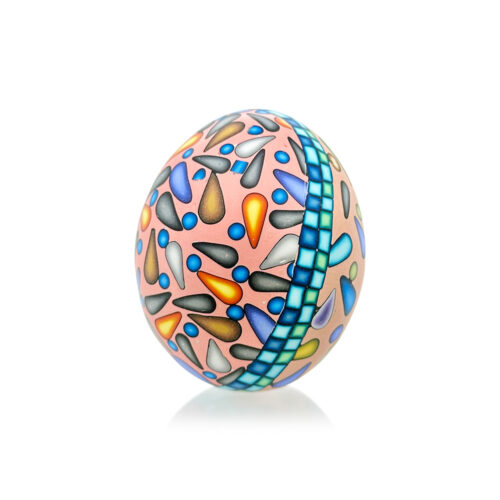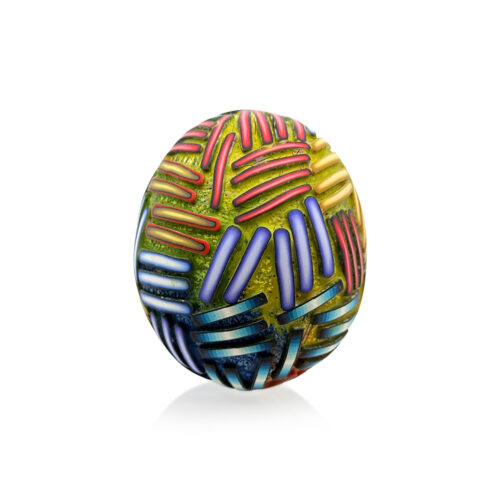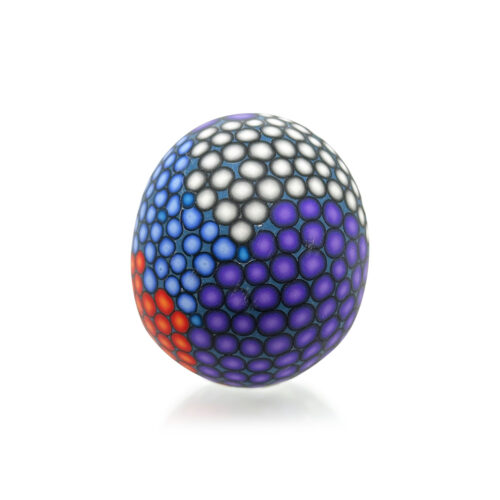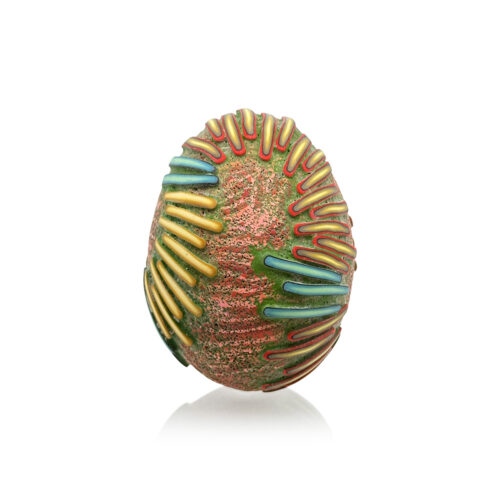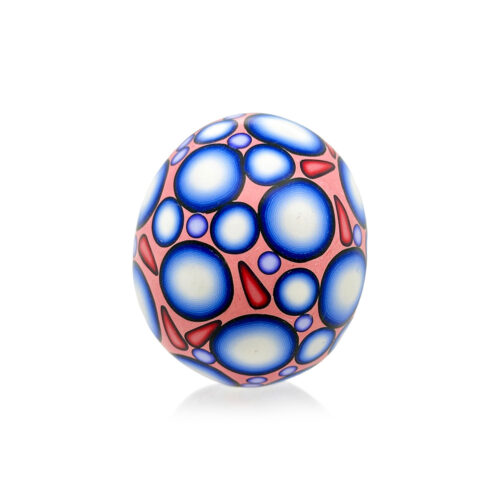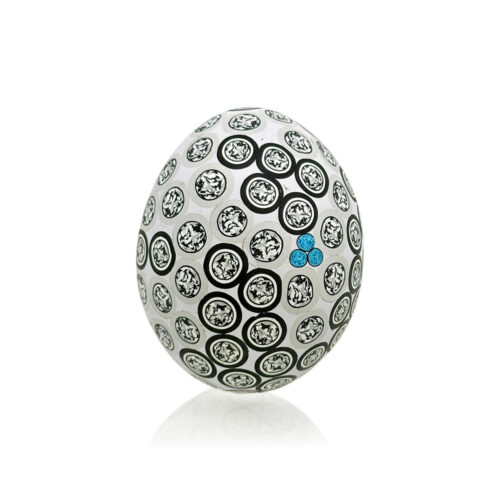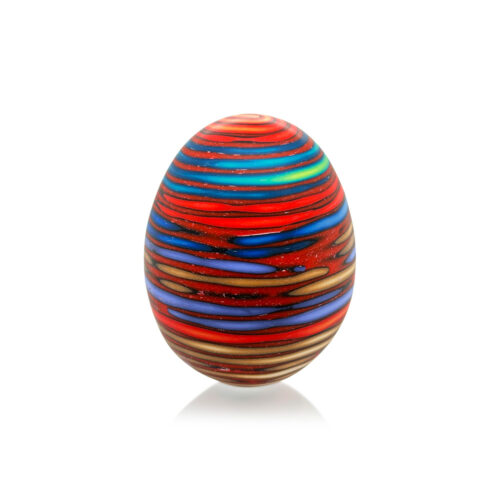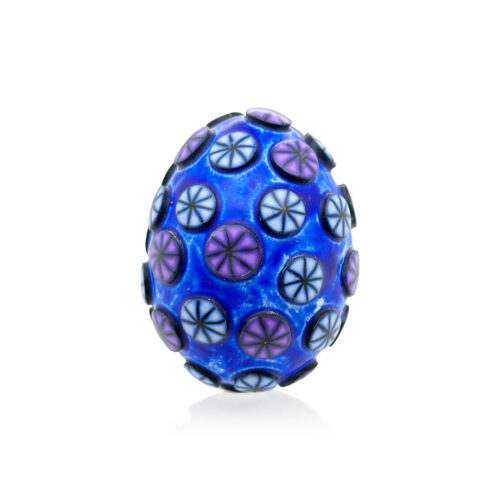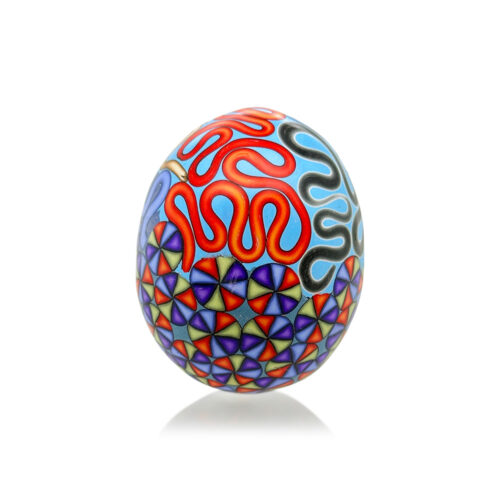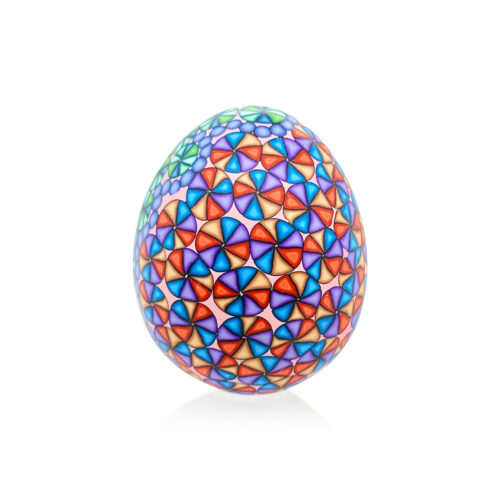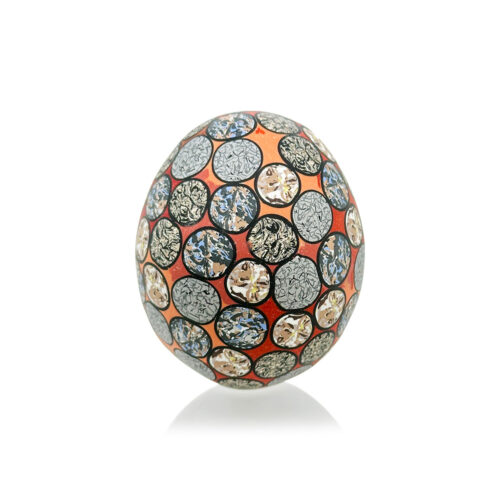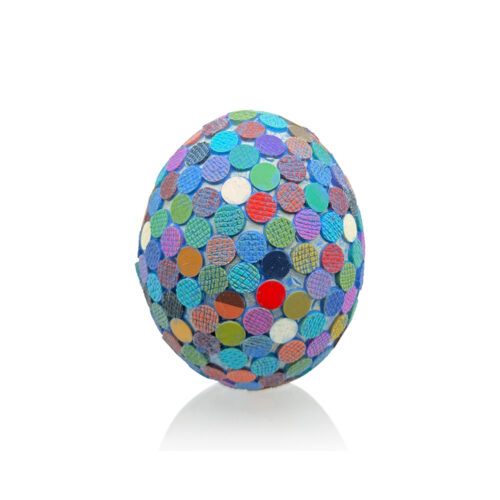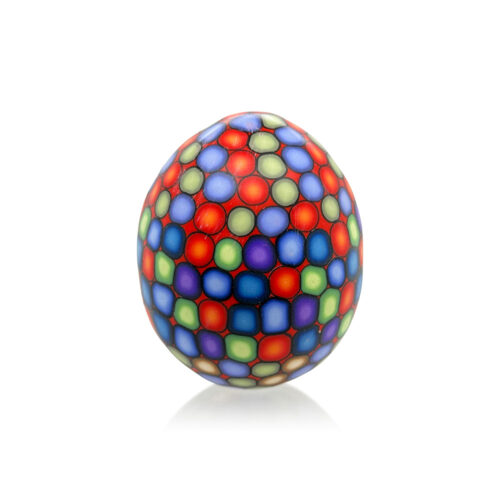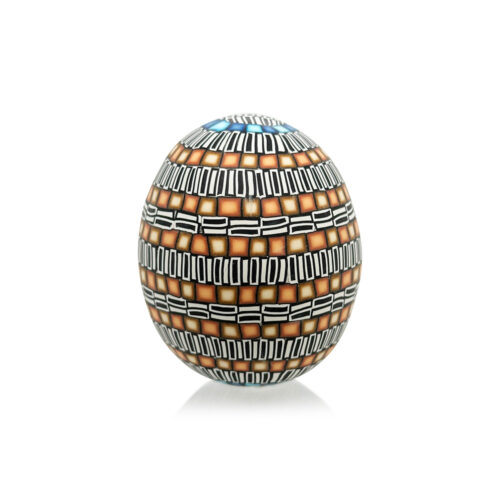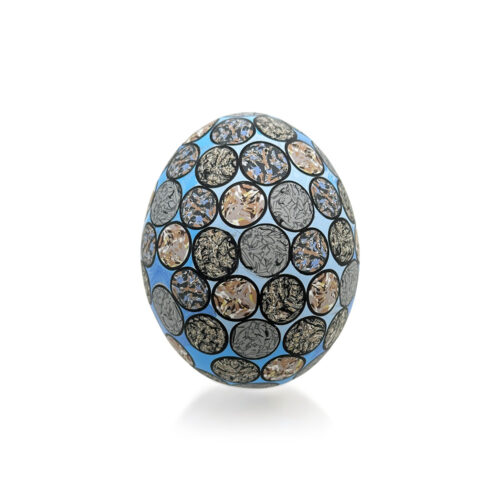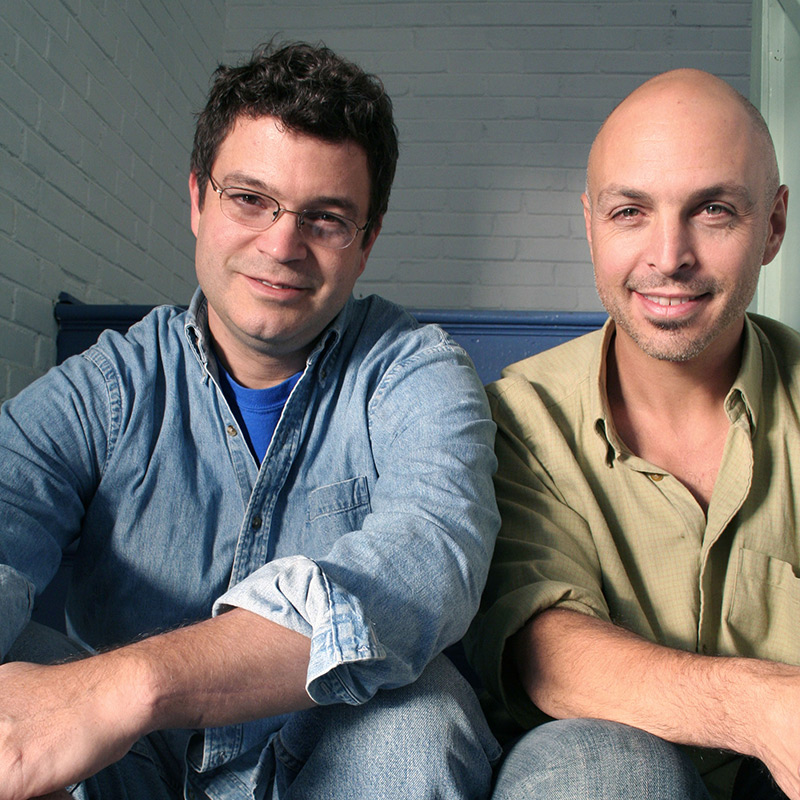
Ford Forlano
Philadelphia & Santa Fe
Our artistic collaboration began 36 years ago when we met in Rome during a year abroad program through Tyler School of Art. Immediately we were intrigued by some essential differences in our approach to painting, and these distinctions led to heated debates.
David created large, abstract paintings, focusing on the richness of surface treatment. Steve’s work, in contrast, addressed the question, “How can I make a painting as an object, a fully integrated three-dimensional piece?” We liked how our differences challenged our individual thinking. To learn from each other, we started trading half-finished drawings and paintings and working both of our individual ideas into them.
This “swapping” has become an essential element to our collaboration. After years of working side by side, David moved to Santa Fe in 2005. We have tables in our Philadelphia studio with half-finished brooches. Steve sends them to David, who develops them further.
Other threads from our art-school days continue to be important. While David’s strength has always been to push color, pattern and surface in new directions, Steve is constantly fascinated by three-dimensional structures and the ways things fit together mechanically. Throughout our collaboration, we have often looked to nature for inspiration. In seed clusters, shell formations and flower buds, for instance, numerous carefully organized parts, seemingly identical, but really unique, are arranged beautifully. These exquisite structures led us into new ways of envisioning necklaces, for example, both three-dimensionally and texturally.
Many of our brooches are like collections of fragments. Not necessarily of literal fragments, like shards of pottery, but more like conceptual fragments, like a piece of music, a chapter from a story, an ingredient from a cuisine or an element of a language. At some point, however, we let the references subside and allow the color, abstract patterns and form to lead us. The work feels complete to us when the balance of elements – abstract and imagistic – comes into focus in some unusual way. At the same time, the viewer is free to gather his/her own impression of these suggested images.
